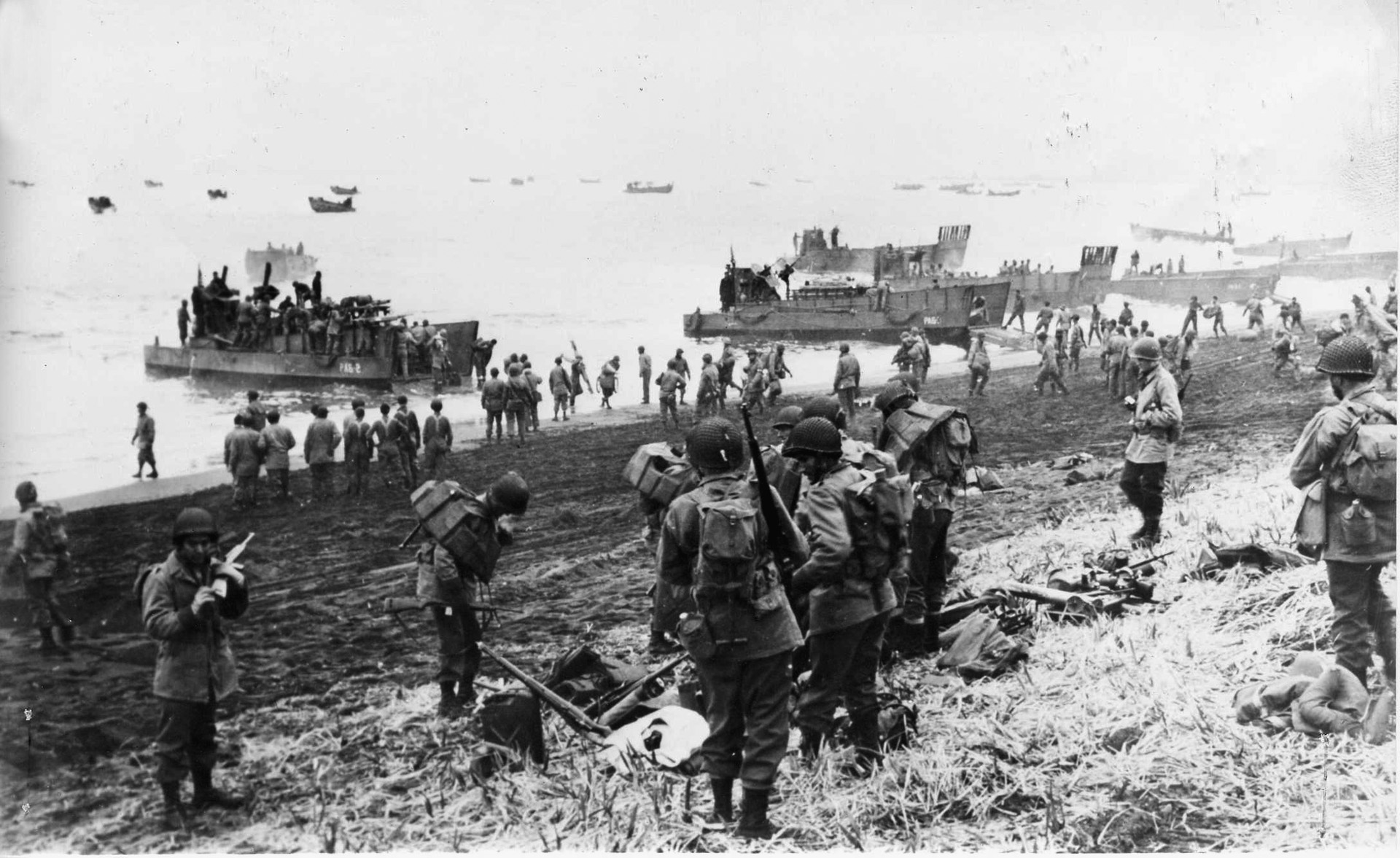We’ve done a few pieces on new and emerging tech. Hoverbikes and weapon technology are all really cool to see in action. But the real joy is that a lot of the new tech being developed is going towards helping amputees lead more normal lives. As artificial intelligence gains ground, so are the amputees. In a demonstration this past Monday, Glen Lehman a former sergeant first class demonstrated a new system developed by Coapt Engineering helping him control his prosthetic more naturally than other similar prosthetics.Many of our amputee veterans are doing amazing things from competing in the Invictus Games and sled hockey to being great dads and fathers. Their lives have somewhat normalized since their injury and they are back to their old ways of kicking ass and being great at generally anything they set their mind to, albeit with some modifications.Don’t get us wrong, prosthetics, especially neuro controlled prosthetics have come a long way in the last 15 years, but they’re not without some drawbacks. In order to function, certain amounts of neural activation must take place before the prosthetics CPU recognizes input. Muscle fatigue and the tiresome nature of these devices can be a major drawback for some amputees.

Enter the new system designed by Coapt Engineering. Using artificial intelligence, the computer can learn commands and not place as great a demand on the muscle or user. Adapting to the specific wearer is a key feature that will definitely make life easier. “With Coapt, as long as you can replicate or create a pattern, the algorithm assigns it to a motor movement,” says Lehman of the new system. This is basically what happens in our brain that people call muscle memory. Muscle memory is a bit of a misnomer, as what’s taking place is actually called Motor Learning, where the brain recognizes patterns and learns to become more efficient in those set patterns.Lehman states that the benefit to this system is that as the day wears on and he becomes tired, the system can be trained to adapt to his level of fatigue, rather than him not being able to get to the desired level of muscle activation and not accomplishing a task. Another benefit is the reduced need for a clinician “It also reduces my dependency on a clinician,” says Lehman “because I can train the thresholds on the arm myself.”The system, although new, is so advanced that it becomes better as time goes on. The CEO of Coapt Engineering tells us that “It learns Glen. The more he wears it, the better this system gets at listening and functioning for him.” Lehman was only the second person to utilize the system since its inception in 2013 and now 45 wounded service members have this technology improving their day to day and allowing them to achieve new heights with fewer restrictions and modifications.



%201.svg)









